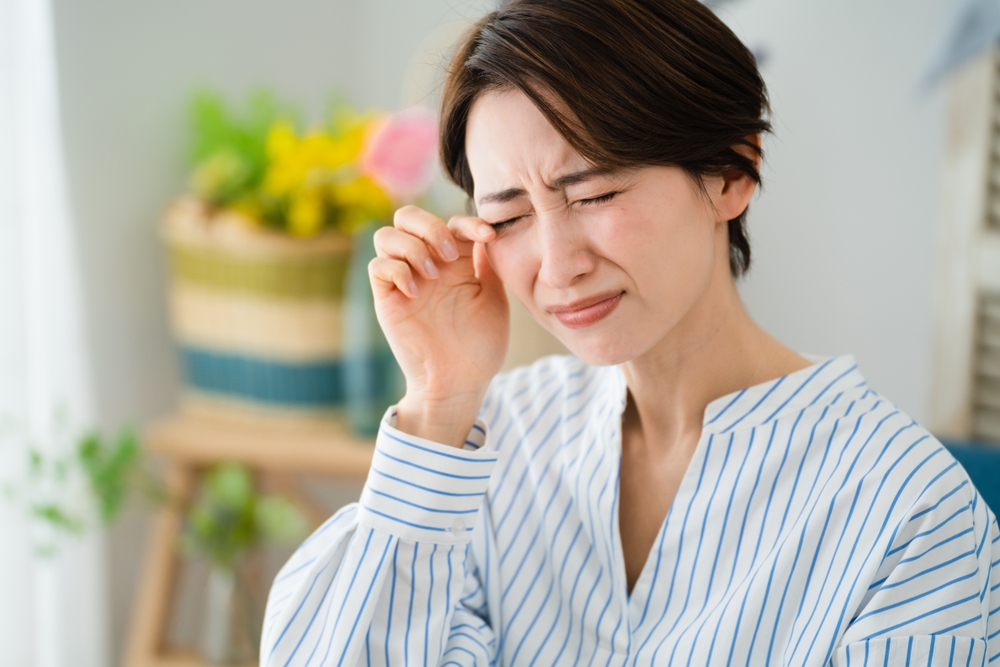
Living with discomfort in your eyes can be a daily struggle, one that might detract from your quality of life and productivity. If you're frequently battling the sensation of scratchiness, burning, or as if something is in your eye, you might be dealing with dry eye.
Understanding Meibomian Gland Dysfunction
The meibomian glands are tiny oil glands located in the eyelids. They secrete oils that prevent the evaporation of the eye's tear film. When these glands don't function properly, this condition is known as meibomian gland dysfunction (MGD), which is a leading cause of dry eye. MGD can result in a tear film that evaporates too quickly or fails to spread evenly across the cornea.
MGD can develop for various reasons, including inflammation of the eyelids, hormonal changes, or as a side effect of certain medications. It can also be caused by wearing contact lenses for extended periods or by environmental factors such as dry air or frequent exposure to digital screens.
Recognizing the Symptoms of Dry Eye
If you're experiencing persistent dryness, a scratchy feeling, or the sensation that there's something in your eye, these could be signs of dry eye. Other symptoms include redness, a burning sensation, and watery eyes, which might seem counterintuitive but can be the body's response to the irritation of dry eyes.
There are also less obvious symptoms that you might not immediately associate with dry eye. These include difficulty wearing contact lenses, blurred vision, especially towards the end of the day, and eye fatigue. You might also find that you're more sensitive to light or that your eyes are more prone to redness in windy or smoky environments.
Preventive Measures to Avoid Dry Eye
Making simple lifestyle changes can significantly reduce your risk of developing dry eye. For example, taking breaks during long periods of screen time, using a humidifier in dry environments, and staying hydrated can all help maintain a healthy tear film. Additionally, wearing protective eyewear on windy days or when exposed to irritants can also protect your eyes.
What you eat can also impact the health of your eyes. Including omega-3 fatty acids in your diet can support the function of the meibomian glands. Foods like fish, flaxseed, and walnuts are rich in omega-3s and can be beneficial. Additionally, staying away from excessive caffeine and alcohol, which can dehydrate your body and your eyes, may also help prevent dry eye.
When to See an Optometrist for Dry Eye
If you've tried various over-the-counter remedies and lifestyle changes without success, it's time to see an optometrist. They can provide a more thorough examination, diagnose the underlying cause of your dry eye, and recommend a treatment plan tailored to your needs.
During your visit, your optometrist will review your medical history, assess your symptoms, and perform a series of tests to evaluate the quantity and quality of your tears. They may also examine the health of your meibomian glands and the surface of your eyes to determine the best course of action.
Seeking timely treatment can prevent your dry eye from worsening and protect your vision. It can also improve your quality of life by reducing discomfort and irritation. An optometrist can work with you to manage your condition effectively and provide strategies for long-term relief.
If you are experiencing dry eye or for further guidance on effective treatment options, contact Brianna Herring O.D. at our office in Deerfield Beach or Plantation, Florida. Please call (786) 891-2020 or (954) 472-2676 to book an appointment.




